I love teaching first grade. I love that I teach all subjects, but my favorite by far, is English/Language Arts. So I thought I’d share how I teach, what I teach, and some of the resources I find most useful for teaching children to read and write.
When we start our day we always do some type of morning work. I’m actually going to be revamping my morning work this year and I’m very excited about the change. I’ll post more later on my ideas. Of course literacy skills will be practiced during this time. After morning work, we begin with our morning message. I write “one” message per week. I know this sounds a little different, but it works. Writing one message per week, not only saves me time, but helps my kiddos build reading fluency through repeated readings. I leave the date out of the message and we change it each day by adding a post it note. Here is a sample message from a long time ago. Each day we work on a different skill. On Monday, we correct the mistakes, Tuesday-Thursday we might find words that have certain short vowel sounds, find punctuation, look for contractions or compound words, find nouns or verbs, etc. The possibilities are endless. On Friday we usually circle the parts of a friendly letter. Circling the body of the letter is a very “BIG” deal.
Right after we do our morning message we sing a song book. You may wonder why I would choose a song book and not some more meaningful piece of literature? And I would say, because not only does it make my students fluent; it also makes them confident. Tim Rasinski, an absolute genius in education, is an expert on fluency. And if you’ve ever met him, you’ll know he loves to sing. He also believes in teaching your kiddos tons of songs, doing reader’s theaters, etc. For those of your students who do not know how to read, these are the books that they will feel most confident reading when they have to read independently. These are by far my class favorites:
CTP is my favorite teacher store ever, and they now even have the big book versions of these books, so you can display the words in large print and then students can read the smaller books during independent reading.
After singing our song books, we go straight to our poem for the week. I always choose a poem that matches our weekly theme. For example: If we are working on Farm for the week, then our poem will be about farms. Each day we read our poem. On the first day we discuss the meaning of the poem and work on one or two vocabulary words from the poem. Then we work on a skill. We may work on a phonics skill, like finding all the long “a” words, or finding words with a certain phonogram. We also might look for words with two syllables, or look for certain parts of speech. Some days we might listen for rhyming words or echo read for fluency. On Friday, we always get a hard copy of the poem and students go back to their seat to illustrate the poem. This is a comprehension skill, as students draw their “mental Image” of the poem.
Once we finish this very important work, I like to work on our sight words. I personally love the Fry Sight Word List. I feel like these words are the most commonly used in the books we read. I have added a few other common words in my kiddos reading to our list. I have created an entire years worth of activities to practice these words.
My students usually do these activities during centers, but we play games and do other activities in the morning to practice. Click below for some games you can play. I put these cards on a ring and it’s easy for subs to find the games listed in my plans, and follow along.
I also like to use activities from this book:
My kiddos are also the champs of “I have…Who has? Sight Words“. You can challenge us, but I’m telling you; my kiddos rock. Sight Word fluency is our strength. We also practice spelling words in a similar way. Our spelling words are all based on phonics rules and word chunks. I’m currently working on a unit full of activities.
In the morning we also do Reading Workshop. This is one of my favorite times of the day. I love teaching reading mini-lessons and seeing my kiddos so relaxed and hardworking, reading either on their own, or in partners. After my mini-lesson, each student goes and gets their Reader’s Workshop bin. It includes a reading folder, book mark, post-it notes and 10 books (4 leveled readers, 4 just right picture books from our class library and 2 choice books). (CLICK HERE TO SEE MY LIBRARY) This is a time when I do individual reading conferences. I may also pull a strategy group or work with kiddos that just aren’t doing well with comprehension, but I mostly use this time to meet one on one. I cherish this time to work with each child individually and talk about a great time to differentiate your instruction.
Here is what my note-taking looks like:
The two books I’ve used to create most of my Reader’s Workshop lessons are these:
If you click below you can get a copy of my Reader’s Workshop lesson plan template. You can edit it and it includes a sample. I hope it works for you.
I’ve also created a pack of comprehension graphic organizers that go with every comprehension strategy. It’s been my best seller for a long time. You can click below to grab it.
Once Reader’s Workshop is over, it’s off to lunch. But when we return we have a 15 minute period before my sweeties go to their special. So we do Interactive Writing. I try to make our interactive writing also match our theme. Many times our interactive writing will be writing a 3.5 paragraph on the topic (ex. Farm) . We would write a topic sentence on Monday, details Tuesday-Thursday and a conclusion sentence on Friday. In Interactive writing my students come up with the sentences. All of my students have their white boards during this time and they all practice writing the words, as one student at a time helps write the words on our chart paper. This is wonderful time for students to practice phonics, inventive spelling, and writing conventions. I also scan the room for students having difficulty with spacing, hearing sounds in words and proper conventions. This is great time to point those things out, so during Writer’s Workshop you can work more on content and developing their writing. If we have time when we finish, I’ll also have my students circle certain sight words in their sentences, find the capitals, look for parts of speech, etc.
When my students return from special we start writing workshop. We use Lucy Calkins units.
They are great units and flow well. I read each lesson, get the gist and teach them in my own style. I think lots of teachers get so caught up in trying to mimic every word that the lessons become less meaningful. So don’t be afraid to make these lessons your own. I always teach my mini lesson and then send my kiddos off “Writer’s off you go”. My table captain goes to get each tables writing toolbox (this includes their writing folders, a stapler, and pencils). I then dim our lights, turn on soft music and my students know it’s time to get busy. Then I meet one on one with each of my students to discuss their needs. Here are pictures of my writing notebook. I’ve written about this before my includes a tab with each child’s name, then conferencing sheets, a skills and strategy cheat sheet for me and sample stories that I laminated and can demonstrate certain skills. For example, I may have a story with few details. I’ll read it and demonstrate with my dry erase markers how I might add detail.
Here are my notes I take and example of a story with no punctuation. This would be laminated and I’ll take it out and with a dry erase, show students how to edit.
Finally at the end of the day we do centers and guided reading.
When I first learned about guided reading I started with this book.
If you are looking for more info or just an awesome cheat sheet of levels and word study/strategies, then this is the book for you:
During this time, I meet with my groups and my students do centers. I have 6 centers in my room and students work independently and in groups. My students all have a center checklist and they check them off as they complete them. On Thursday my kids turn in their center recording sheets, books and other work they’ve completed along with their checklist. Students who complete all 6 get a special treat. To grab a copy of my checklist and labels for my center bins, you can click here.
Well friends, I hope you got a little glimpse into literacy in my room. Of course there are a million times a day when we practice literacy skills, but these are our main times of day. I hope this helps. Let me know if you have any questions. Have a great night y’all. (Yep…those southern bloggers got me!)
To see a look at my full day click here.




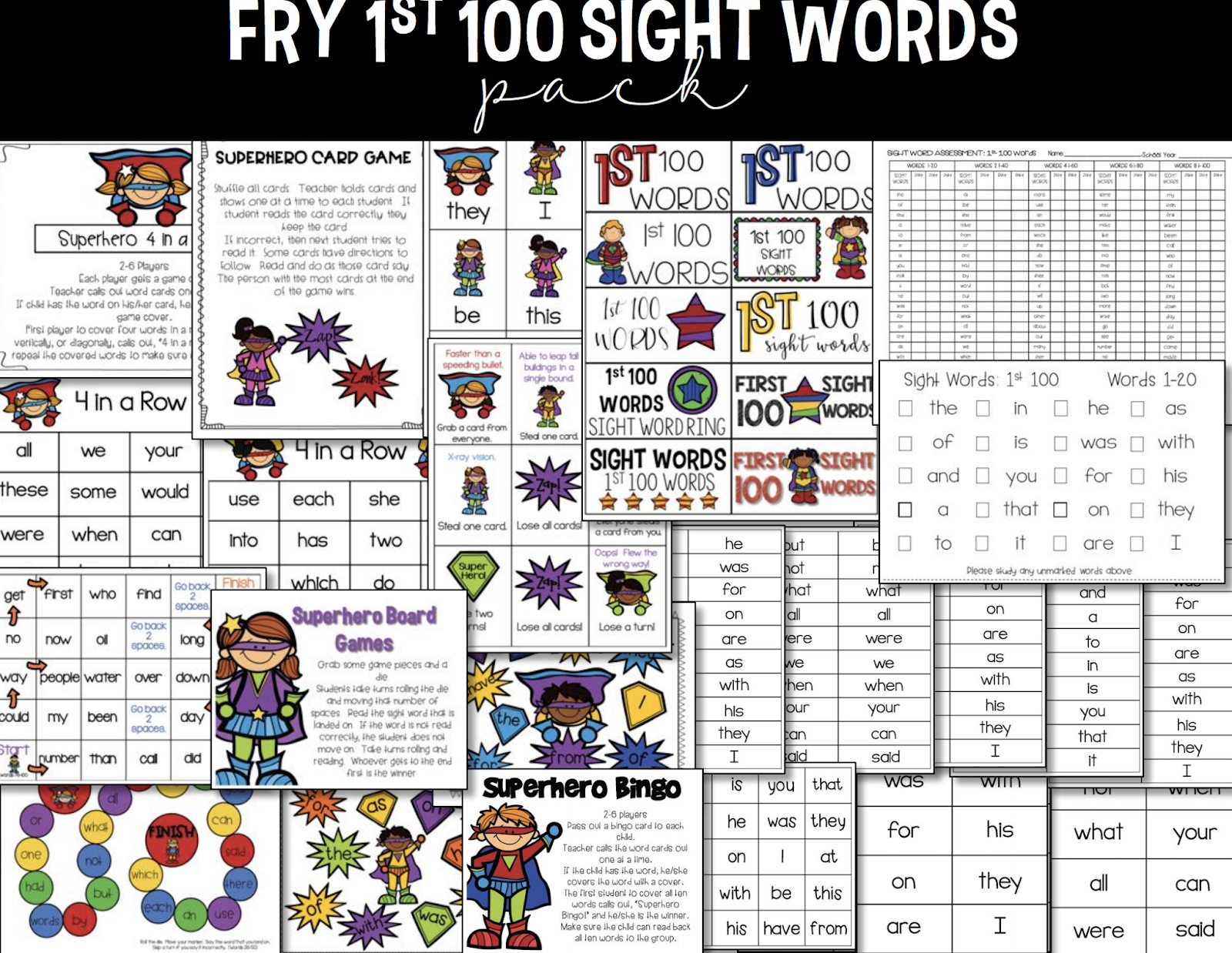
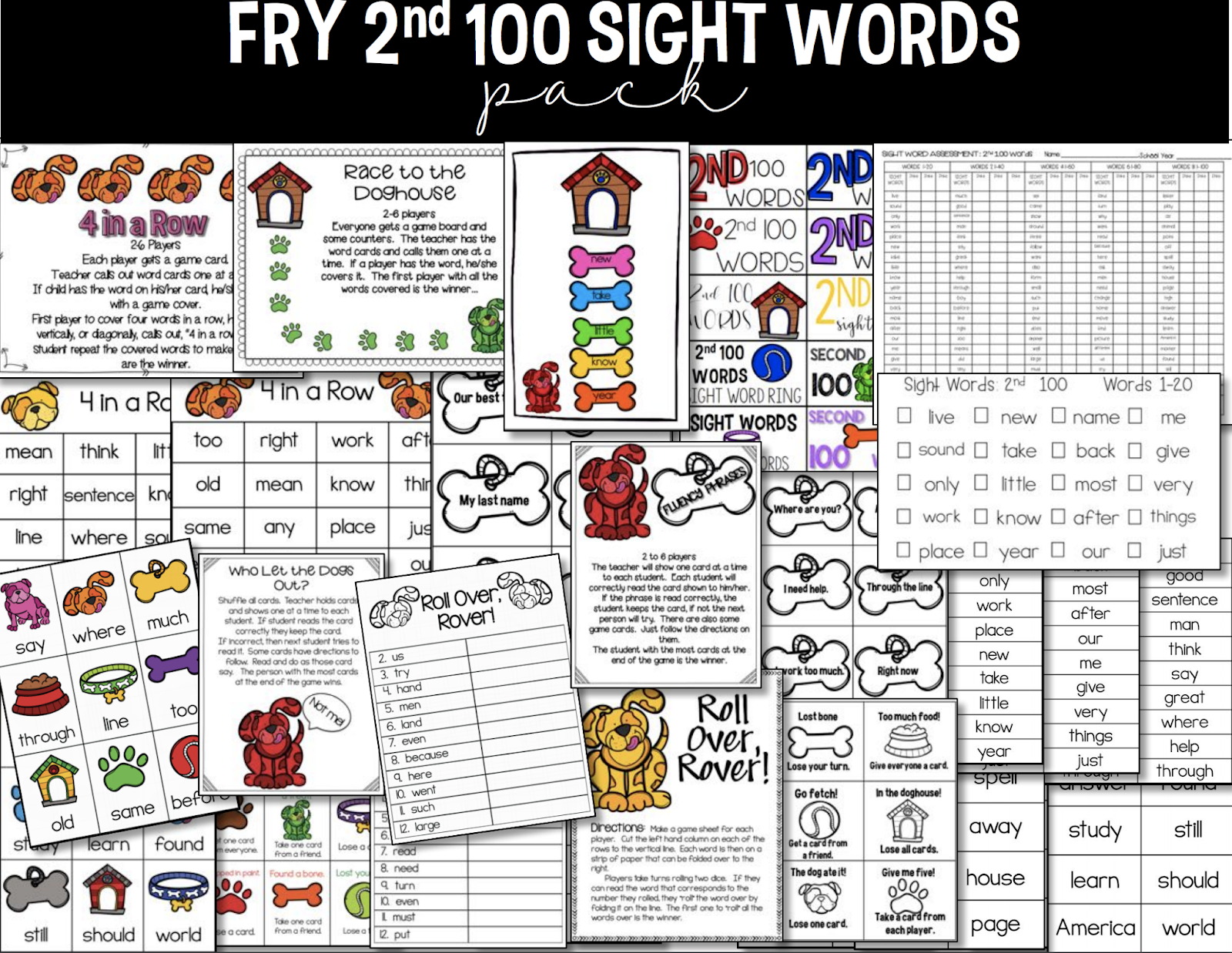
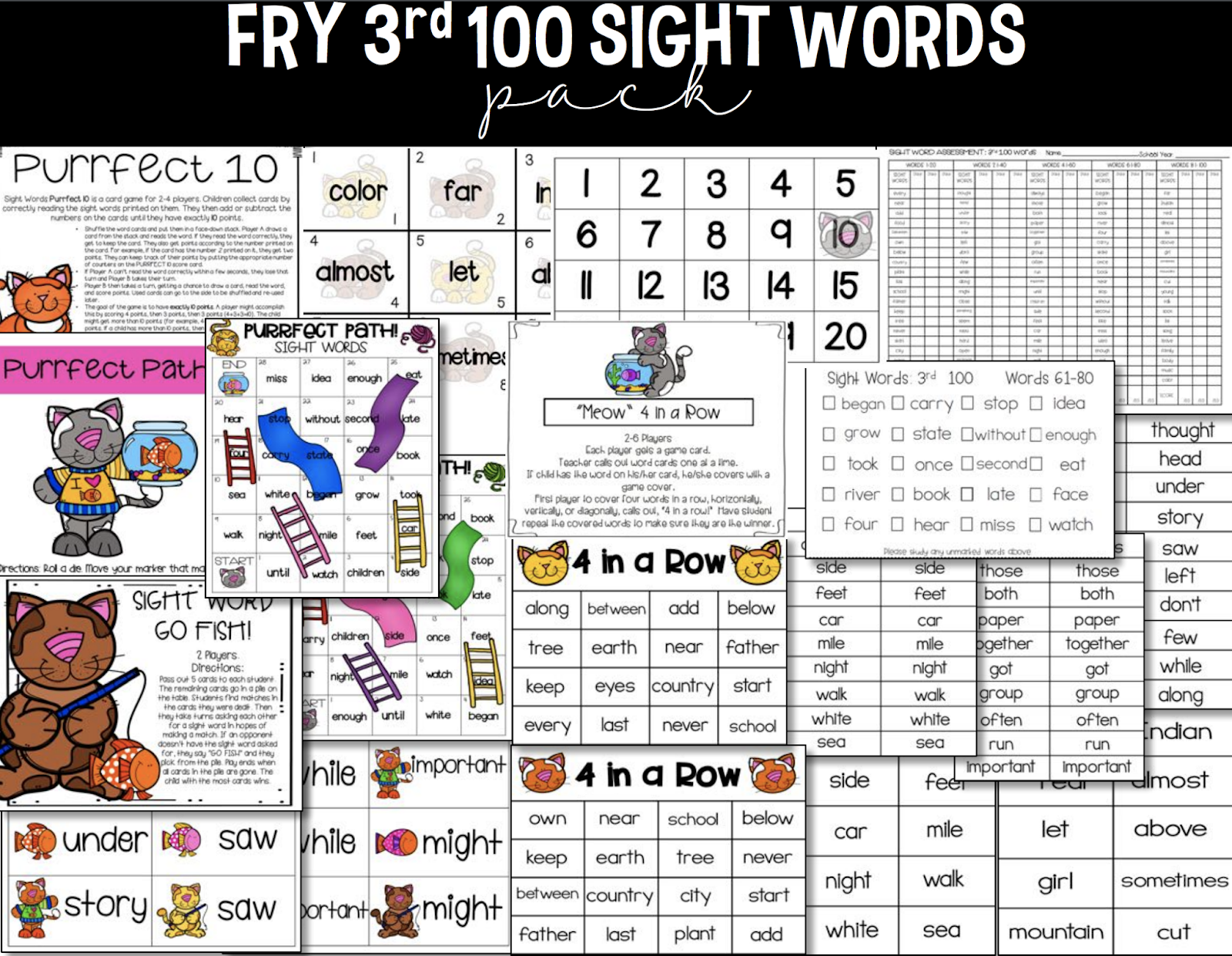
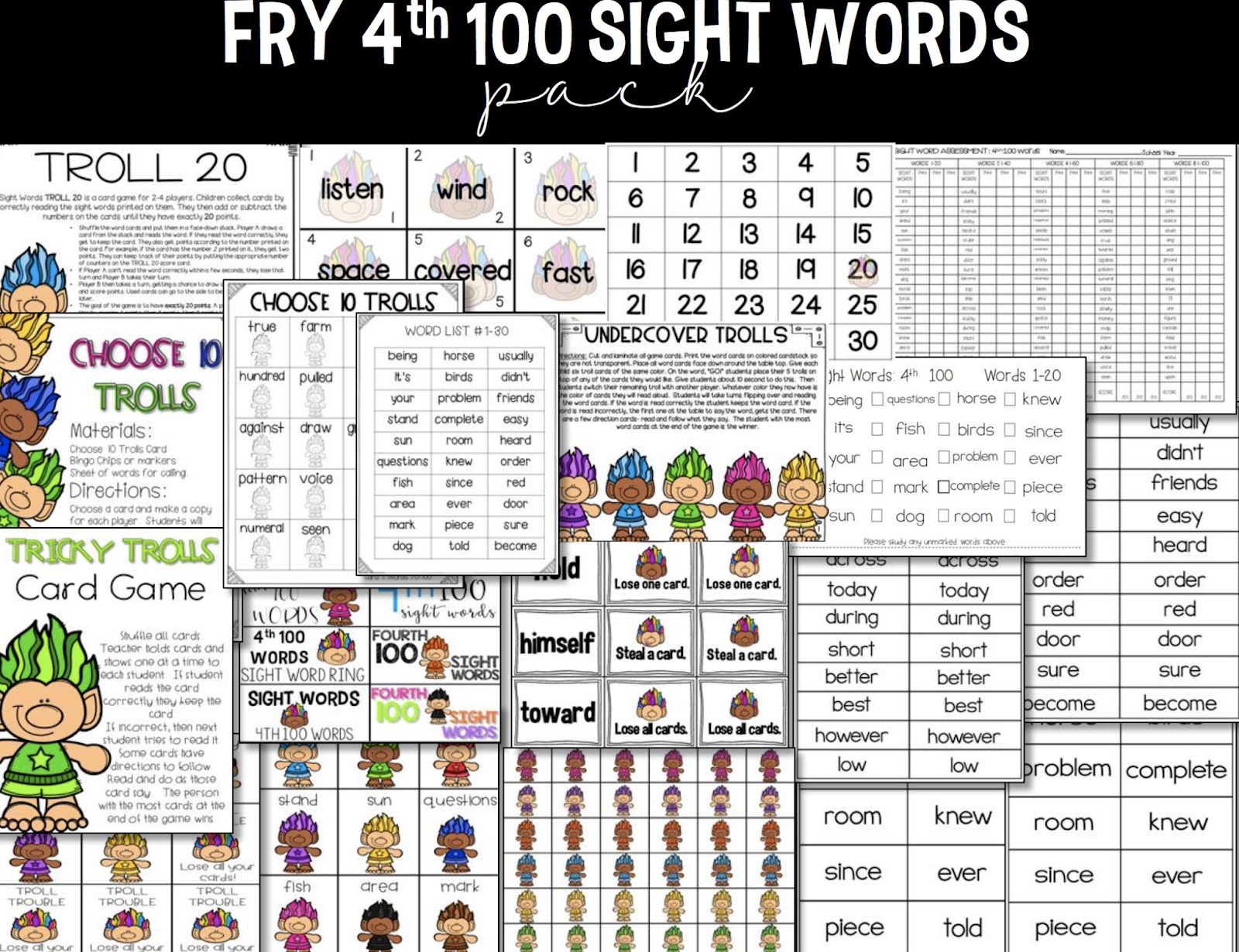
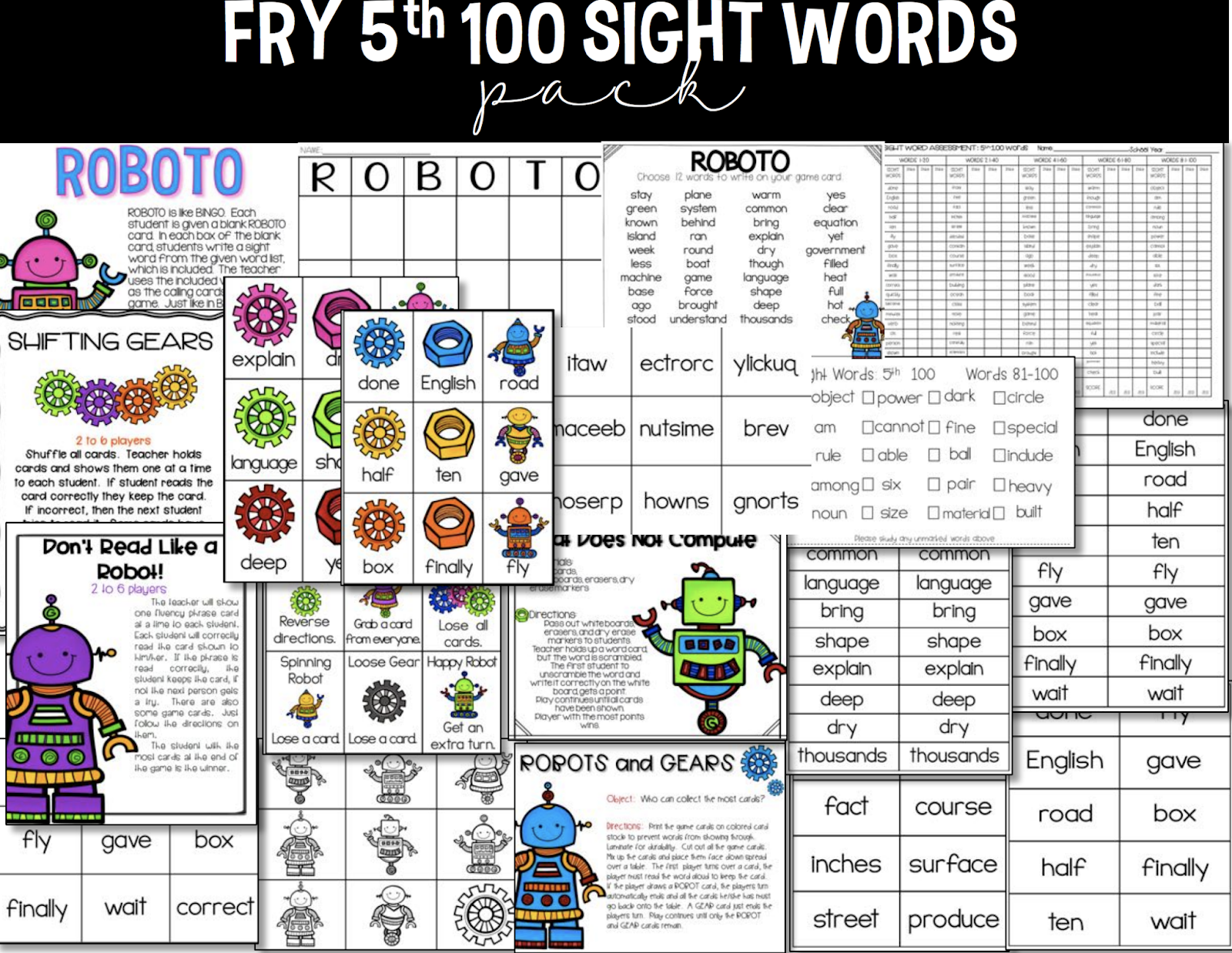


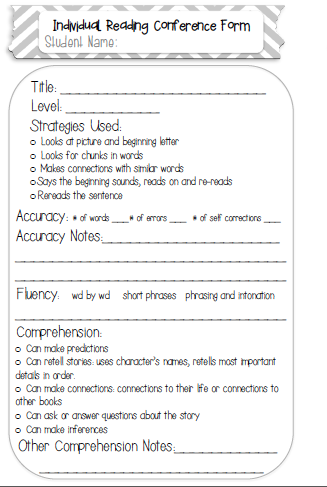




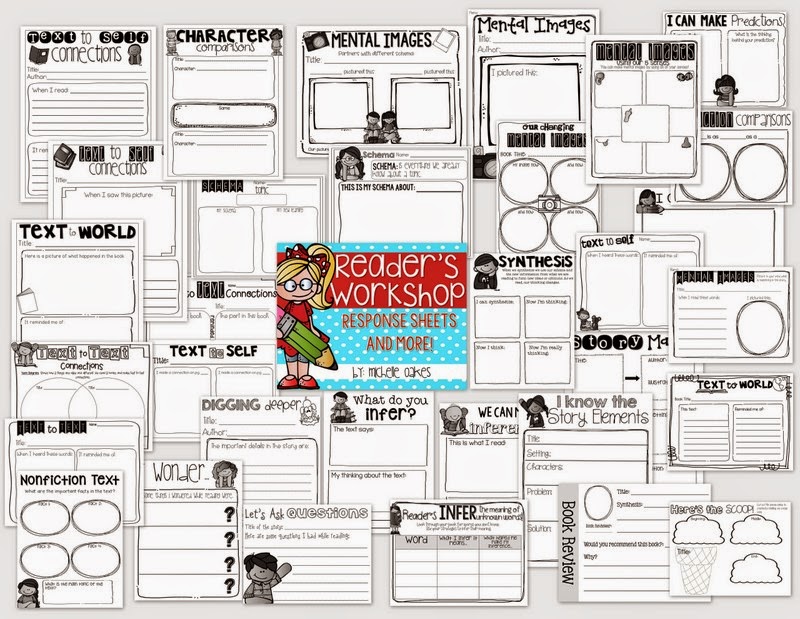



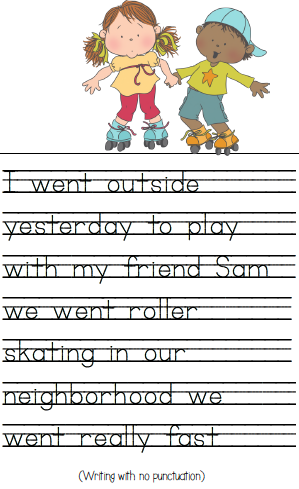


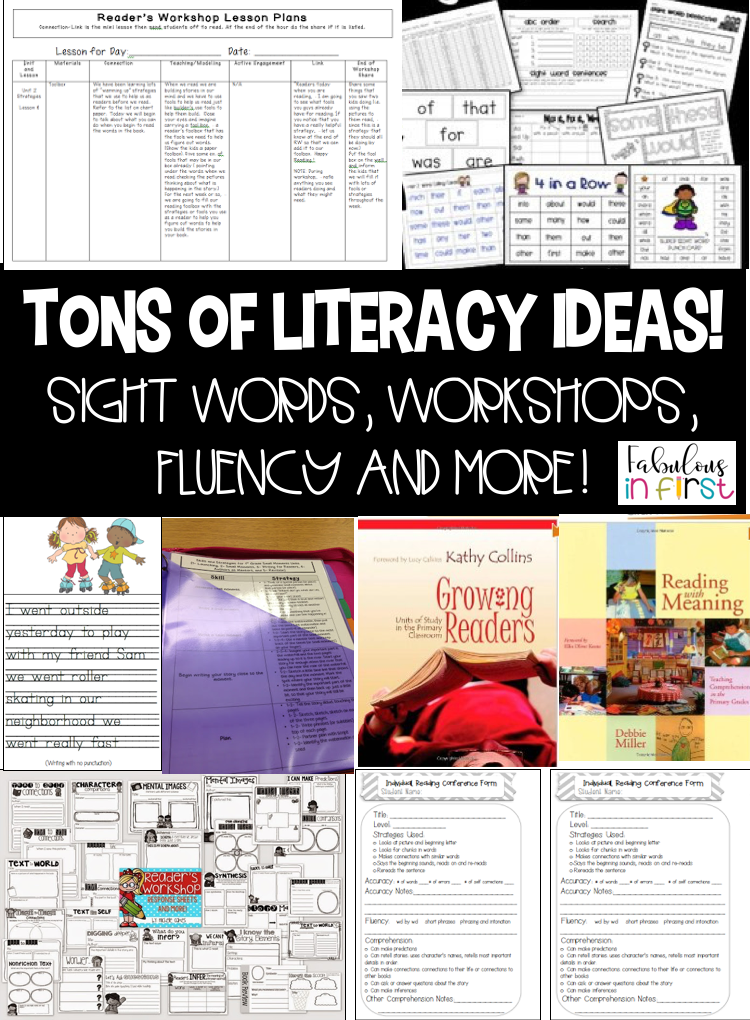
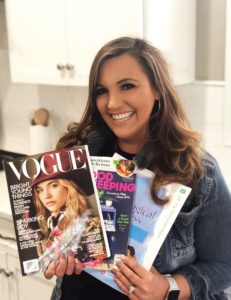
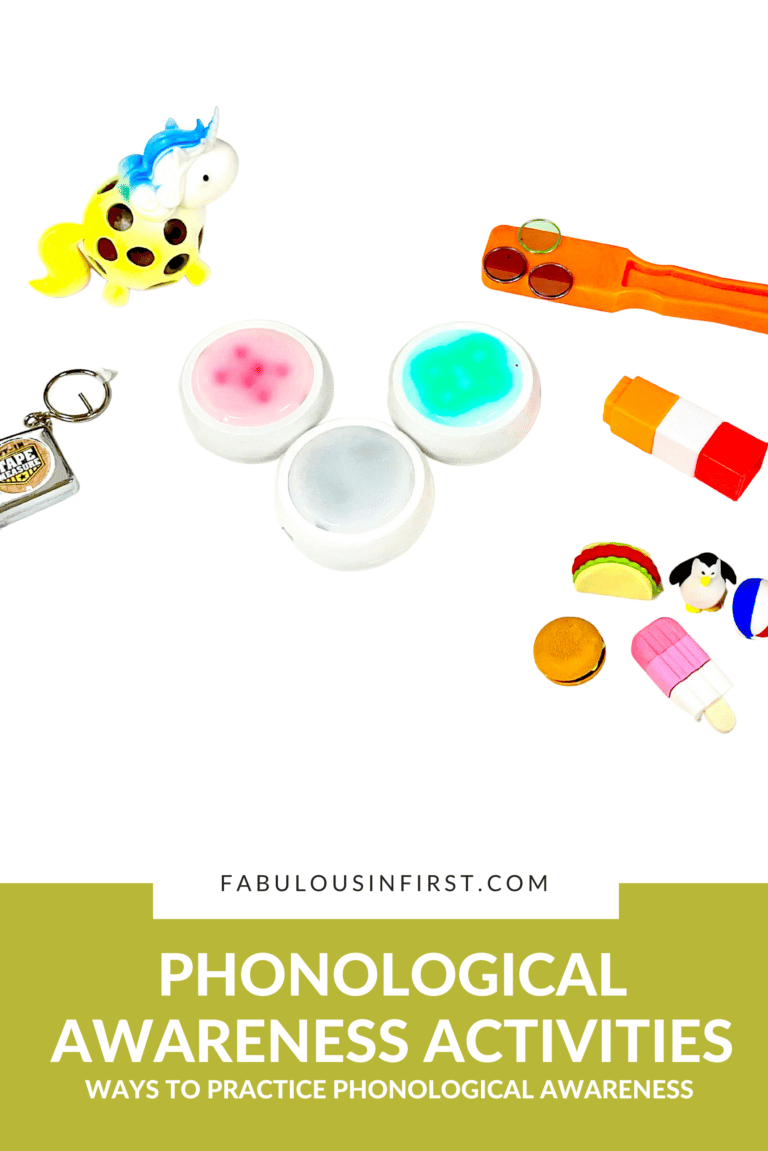

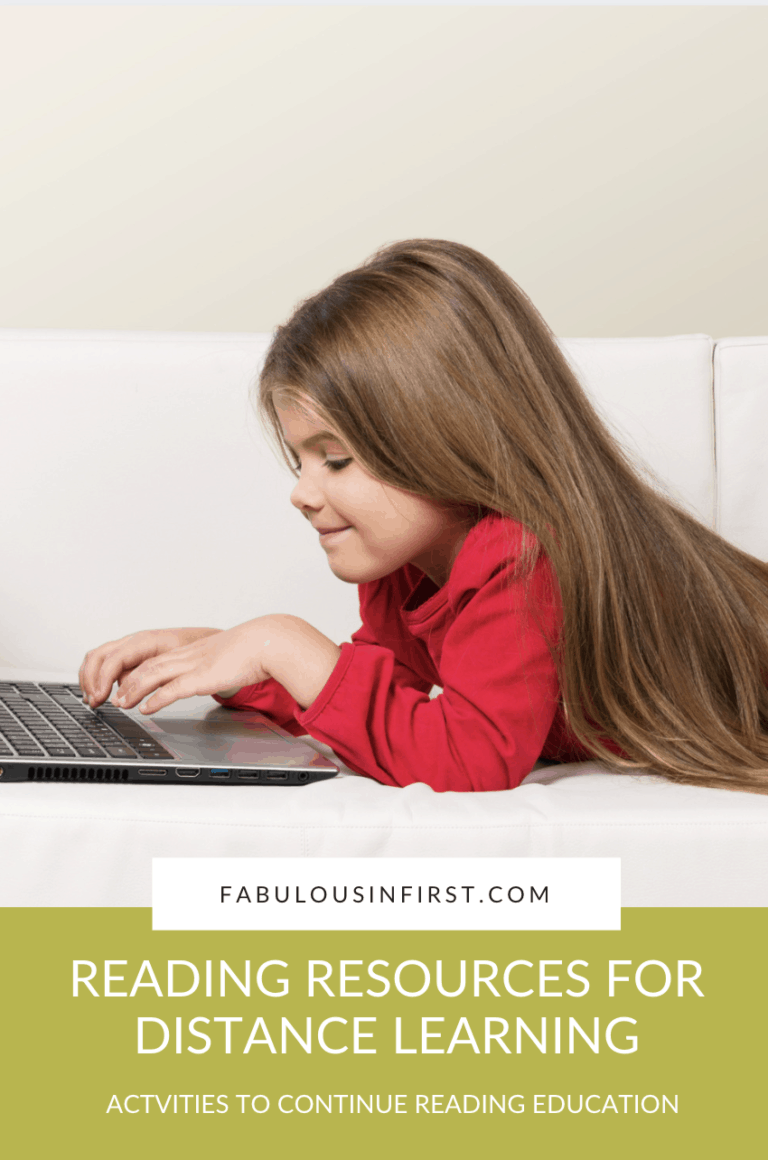
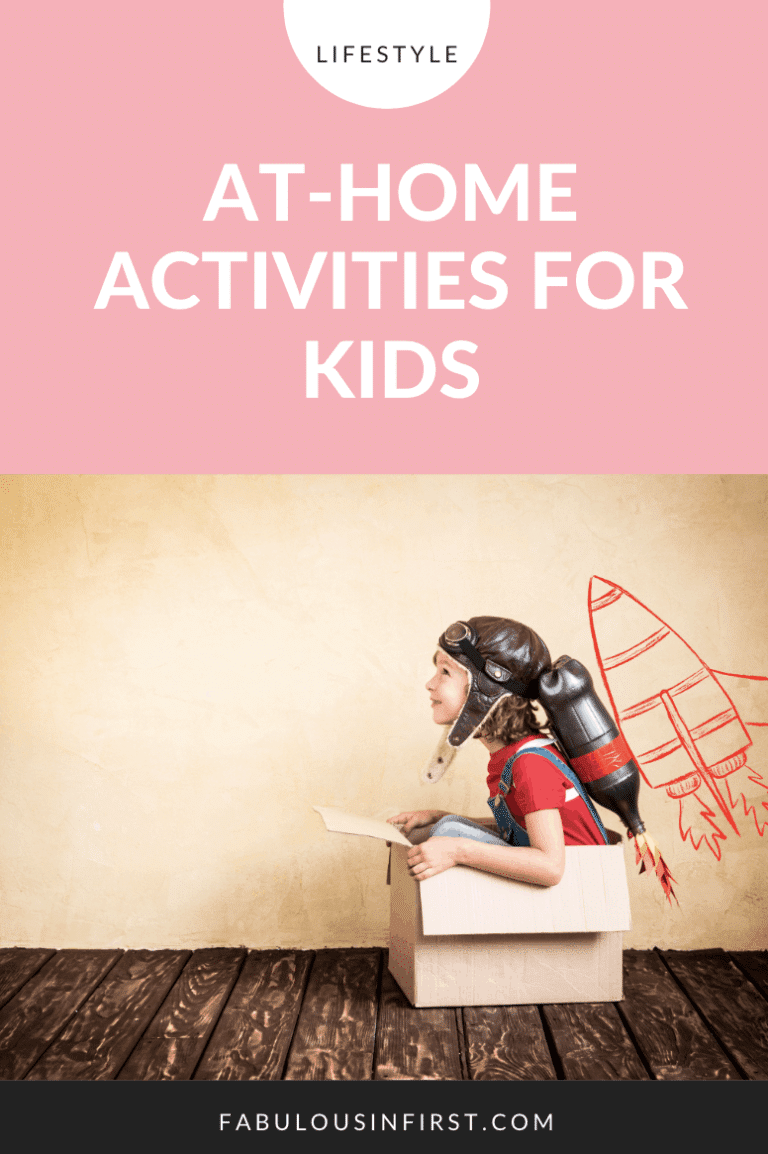
20 thoughts on “Literacy with me!”
Growing Readers and Reading With Meaning are two of my favorite professional reads! Thanks for sharing!
Laurie
Chickadee Jubilee
What a wonderful post. Thanks for sharing.
✣ Miss Nelson✣
Miss Nelson’s Blog
Thank you for sharing your ideas! I've been a follower for quite awhile and I really like your center checklist idea and followed the link to the post you originally shared it on, however, I was unable to download the document through scribd. Do you have the document available through google docs or some other method? Thank you for sharing all of your hard work! I have purchased several of your TpT items and have enjoyed every single one!
Brianne – [email protected]
Go to the post again. I just linked it through google docs.
Great post! Just what I needed to begin focusing on my literacy block for the new year. I also use Growing Readers and Reading With Meaning. Last year I had 15 minutes between lunch and specials. What a wonderful way to include interactive writing!
When do you squeeze math in?
I actually do calendar and math after sight word work. Then I do RW. I also do my theme/science and social studies before centers and after writing.
LOVE the Jan Richardson book. I use it everyday during guided reading! AND Reading with Meaning is forever on my nightstand! I knew there was a reason I liked you 🙂
Great post, this was very informative. I love your Morning Message activities and how you leave the same message up all week. I think I am going to try that this school year.
Barbara
happyteachingfirst.blogspot.com
I think I need that word wall book – I'm HORRIBLE at using my word wall…hoping to be better with it this year!
Great post!!! When do you teach math?
This is a great post! Thank you for sharing. I love Jan Richardson's book. I got many ideas from this that will help me with reading workshop. The writing skills and strategy tip sheet looks very helpful. Did you create it or find it somewhere else?
Jessica
Apples and Papers
Wonderful post! I love the idea of one morning message for the week; I'm going to have to borrow that idea. The books you referenced are all fabulous. Growing Readers is a particular favorite of mine.
Carol
Still Teaching After All These Years
This post is amazing! I pinned it! It sounds like we do things similarly but I love how you laid everything out. I got so many ideas from this post. I love how you organize things and I love your idea of having the same morning message all week and focusing on different skills each day. You kids are lucky to have you!
Sarah
Sarah's First Grade Snippets
Oh my heck! Did you write this for me?! I was organizing some of my stuff yesterday (making sure I had everything). I've gone through class set up (routines, b-days, charts) and my next was to focus on academics. I like the shared writing you do and also how you laminate stories you can use during individual conferences. You gave me a starting point. Thank you!
Amy
Where Seconds Count
WONDERFUL POST!!! Do you correct all your mistakes in the message? Do you correct them or do the students? Thanks again! (check out my Blog if you haven't done so already)
Michelle this post seriously rocks my literacy socks off!! My K-2 team is restructuring our entire literacy block next year so this very detailed post is particularly helpful to me right now. I LOVE the idea of doing the same morning message all week but focusing on different parts of it each day AND building fluency in the process!!! I will deff. be doing this next year!
❤ -Stephanie
Falling Into First
Wow! We are beginning our school day with school-wide morning meetings. The way my schedule has been since I've been a first grade teacher, I've never had time at the beginning of the day to have a morning meeting. This not only excites me, but also terrifies me! Thanks for some fabulous ideas! I love your morning message routine and the resources through the big books and songs. Thanks for sharing!
Sarah
Learning is for Superstars
Thank you so much for sharing! I love your idea of using one morning message for the week… I teach kindergarten but I can see how one message each week would be a good idea to build certain skills! I may have to adapt this into my room this year. I also love your writing conference binder… where did you get the skills/strategies sheets? I'd love to see a copy of your conference notes for writing.
Thanks again for sharing and for all your help!
Stephanie
MaMa Goose’s Kindergarten
Thank you for this great post! I have been following your blog for a few months now, after finding you on Pinterest. This post was extremely helpful to me in designing a literacy routine with my NEW first graders this September. I'm a brand new teacher, and it was great to get an inside look from someone with so much experience 🙂
Oh my gosh! Love this post. I love Tim Rasinski. I had the privilege of going to one of his workshops last year and it changed so much of what I do. I love the idea of doing a morning message for the whole week. I get so tired of having to come up with something new each day. I'm going to have to order Growing Readers. What do you for spelling?
Ms. Kerri and her Krazy Kindergarten